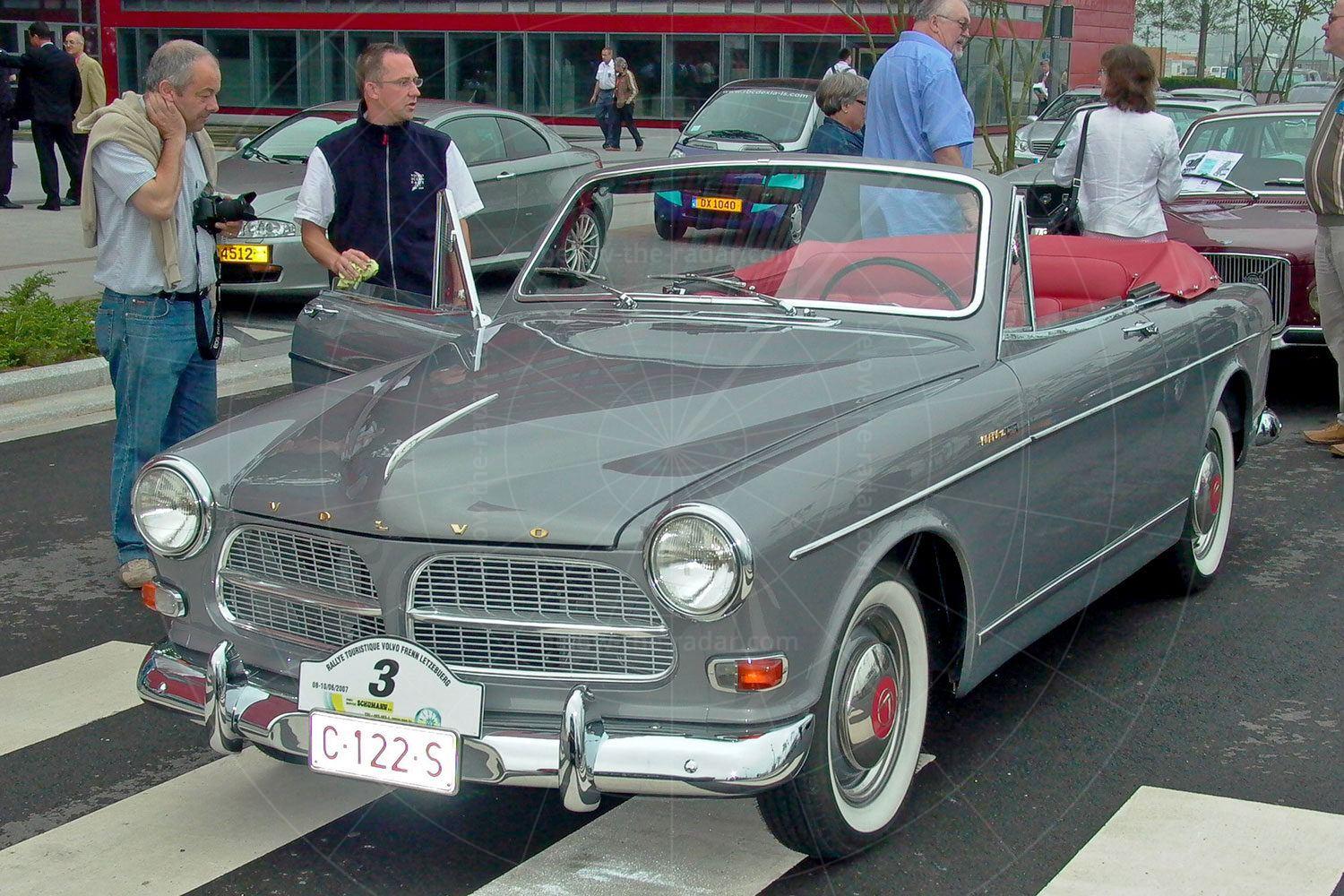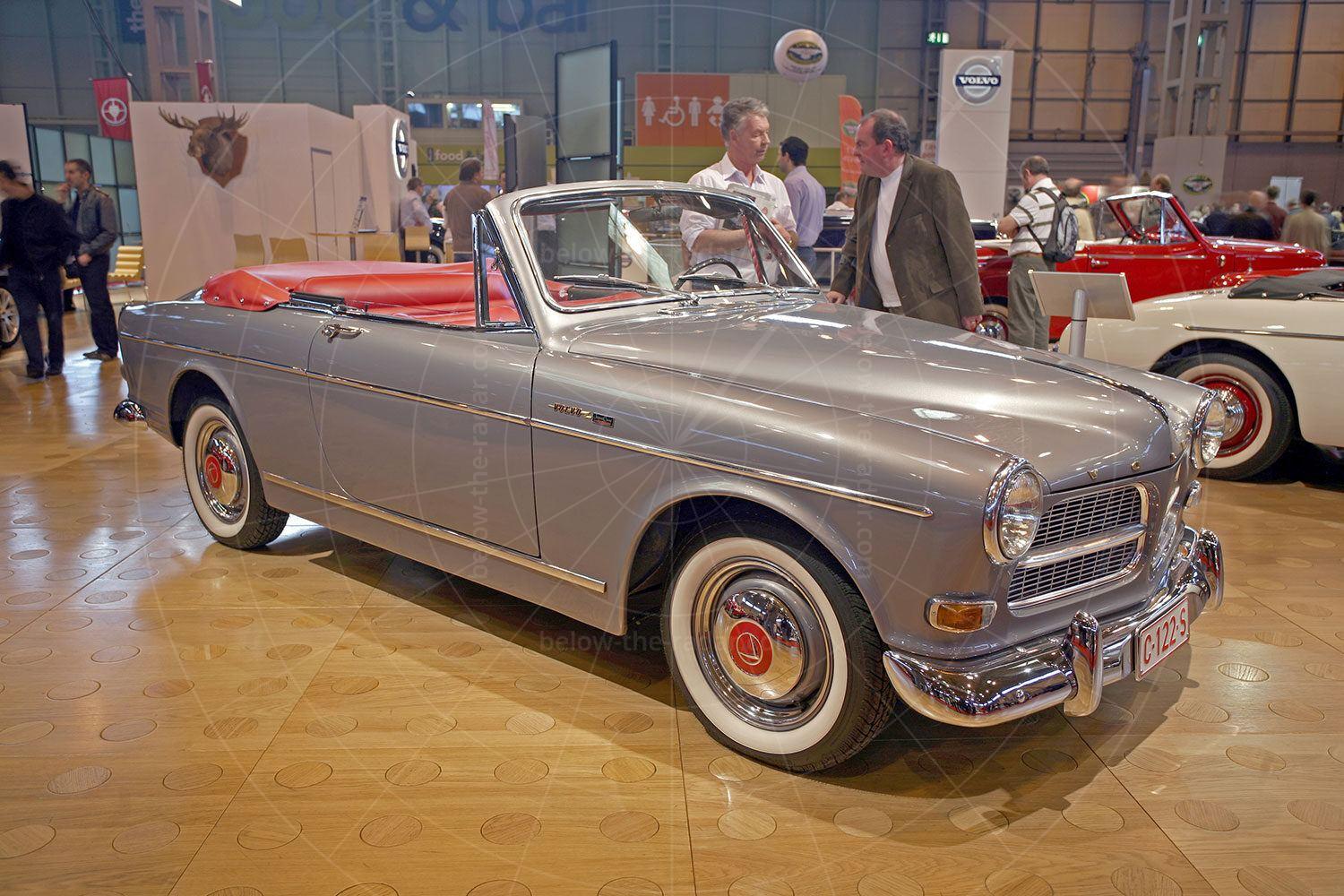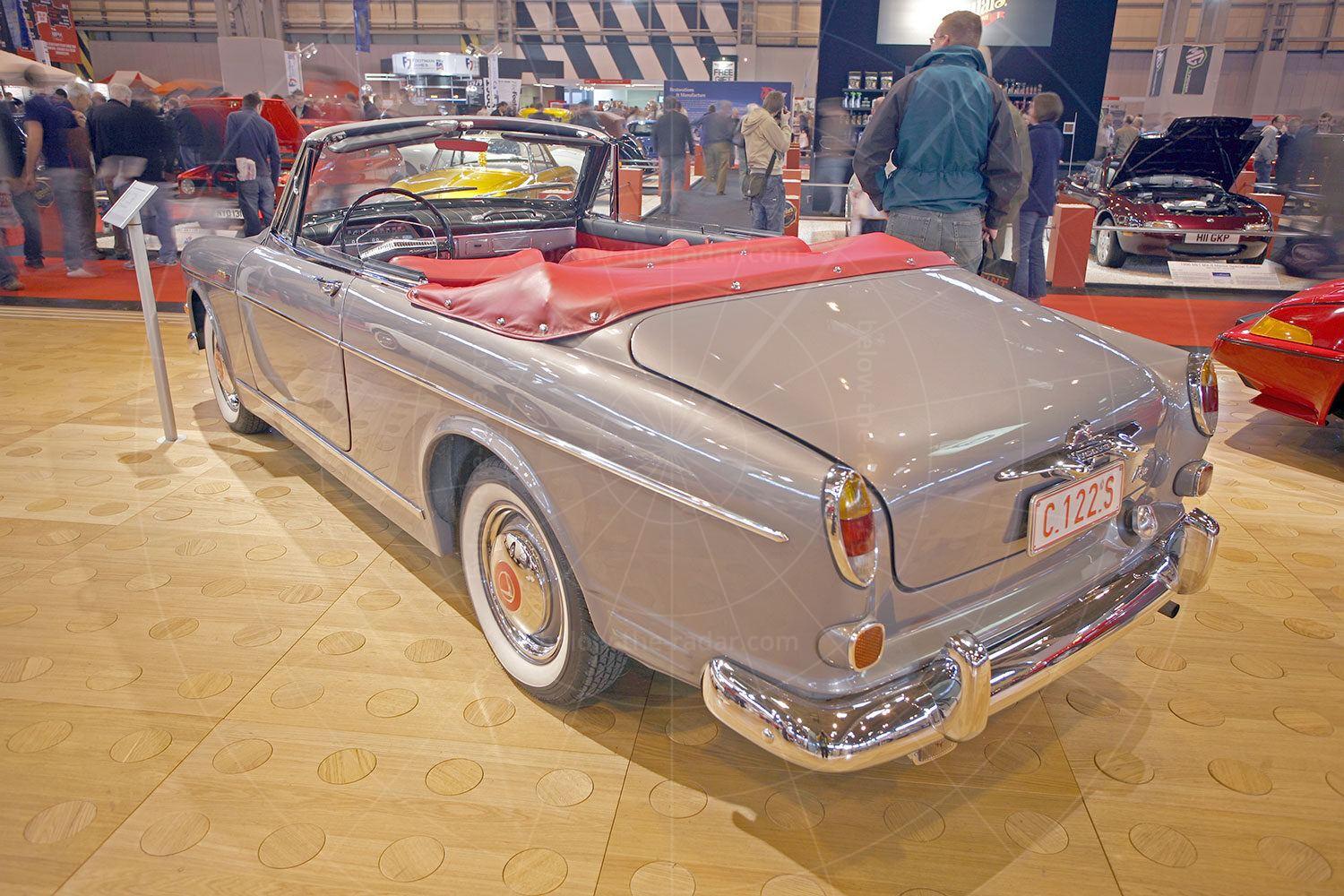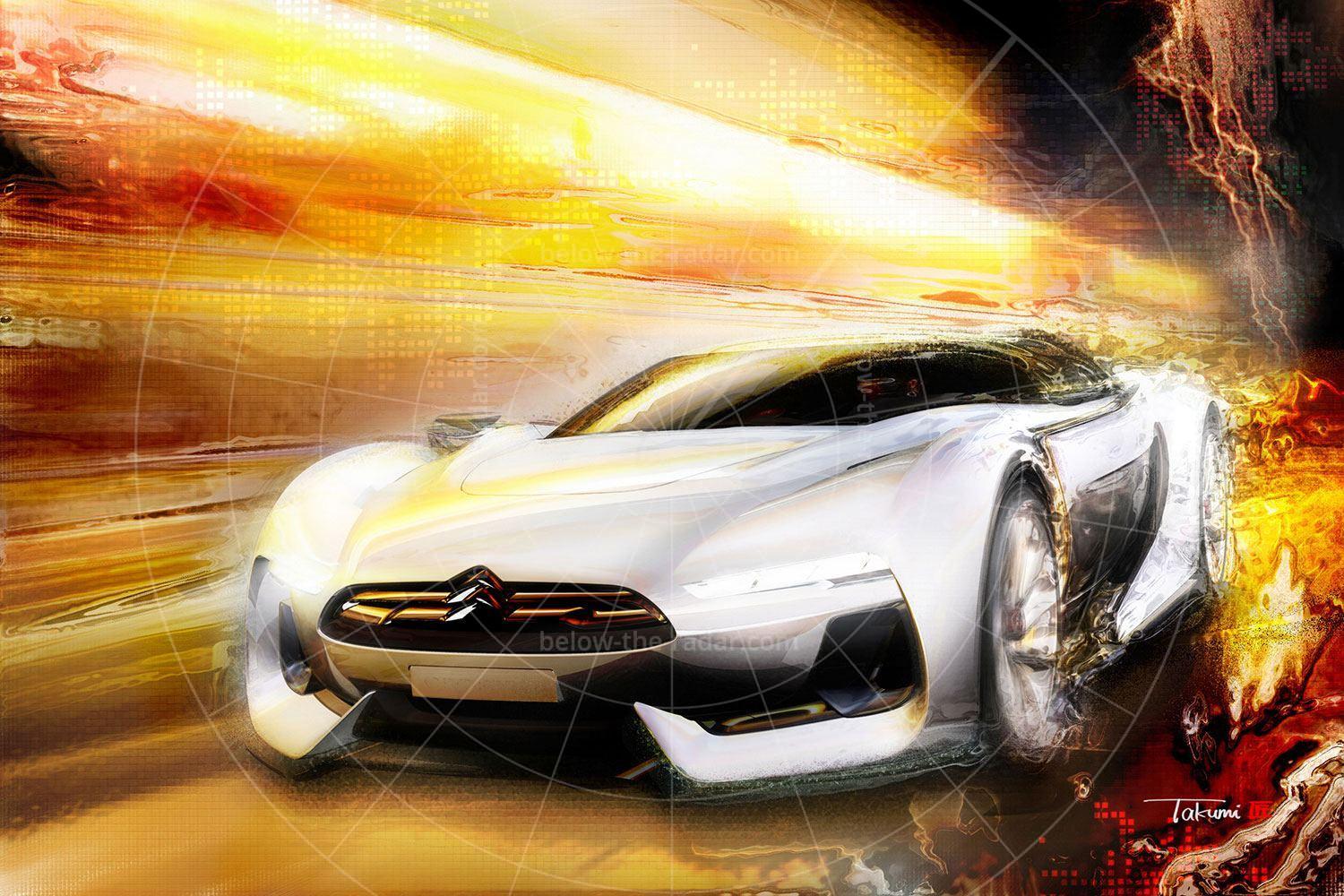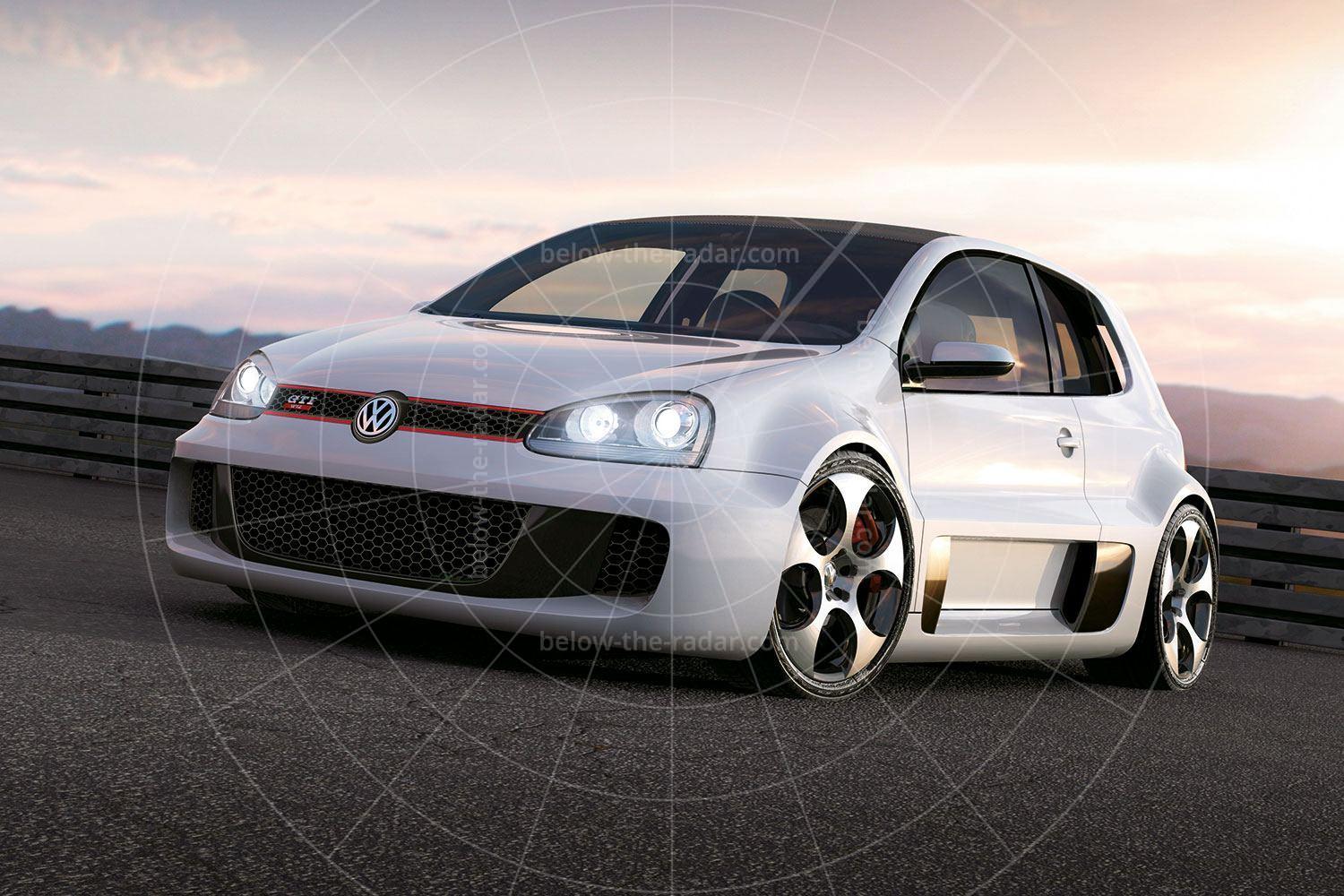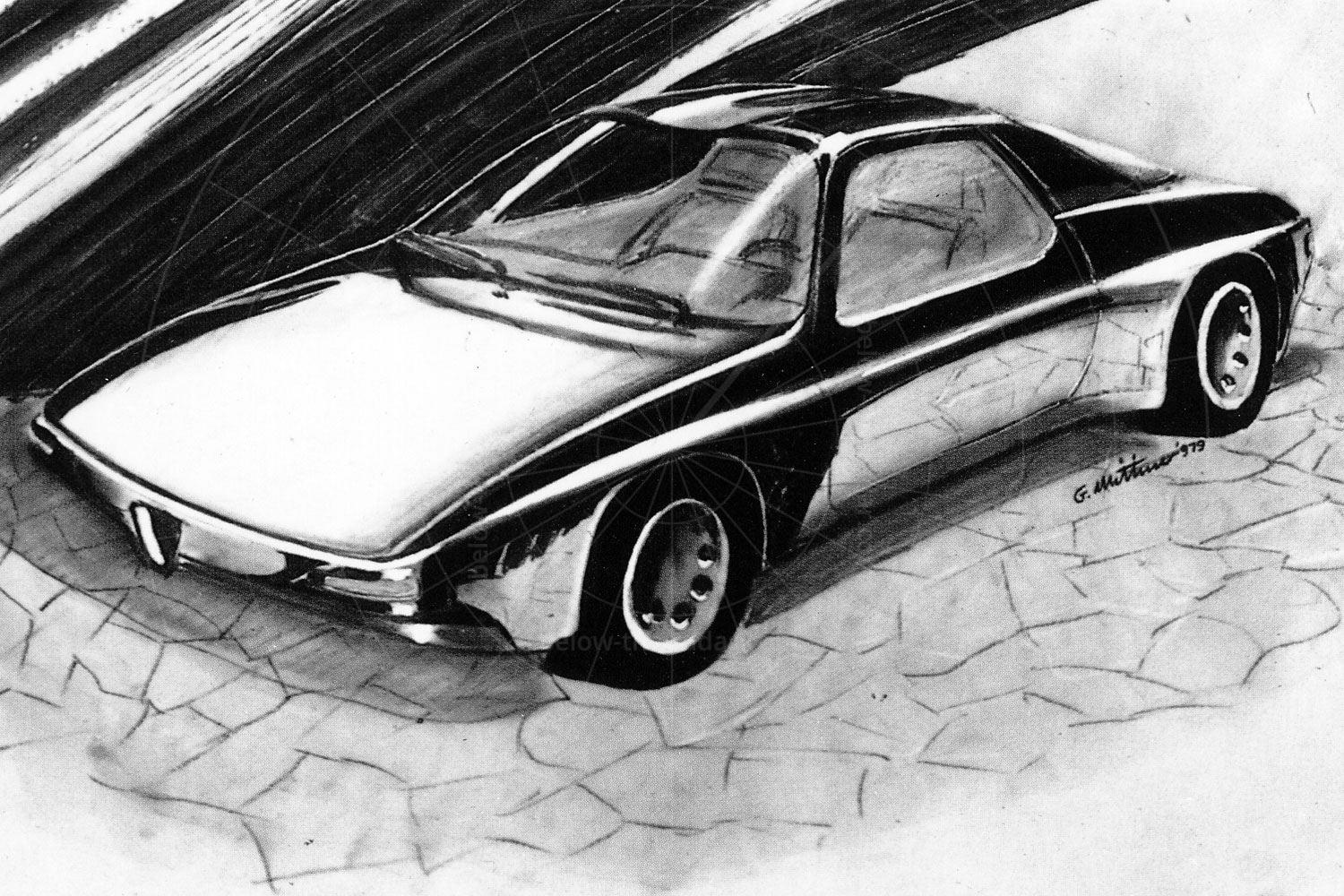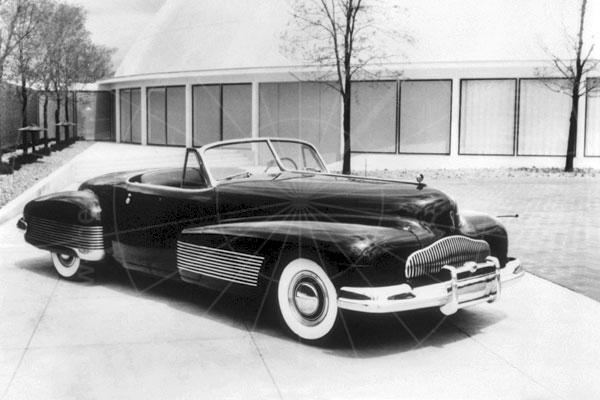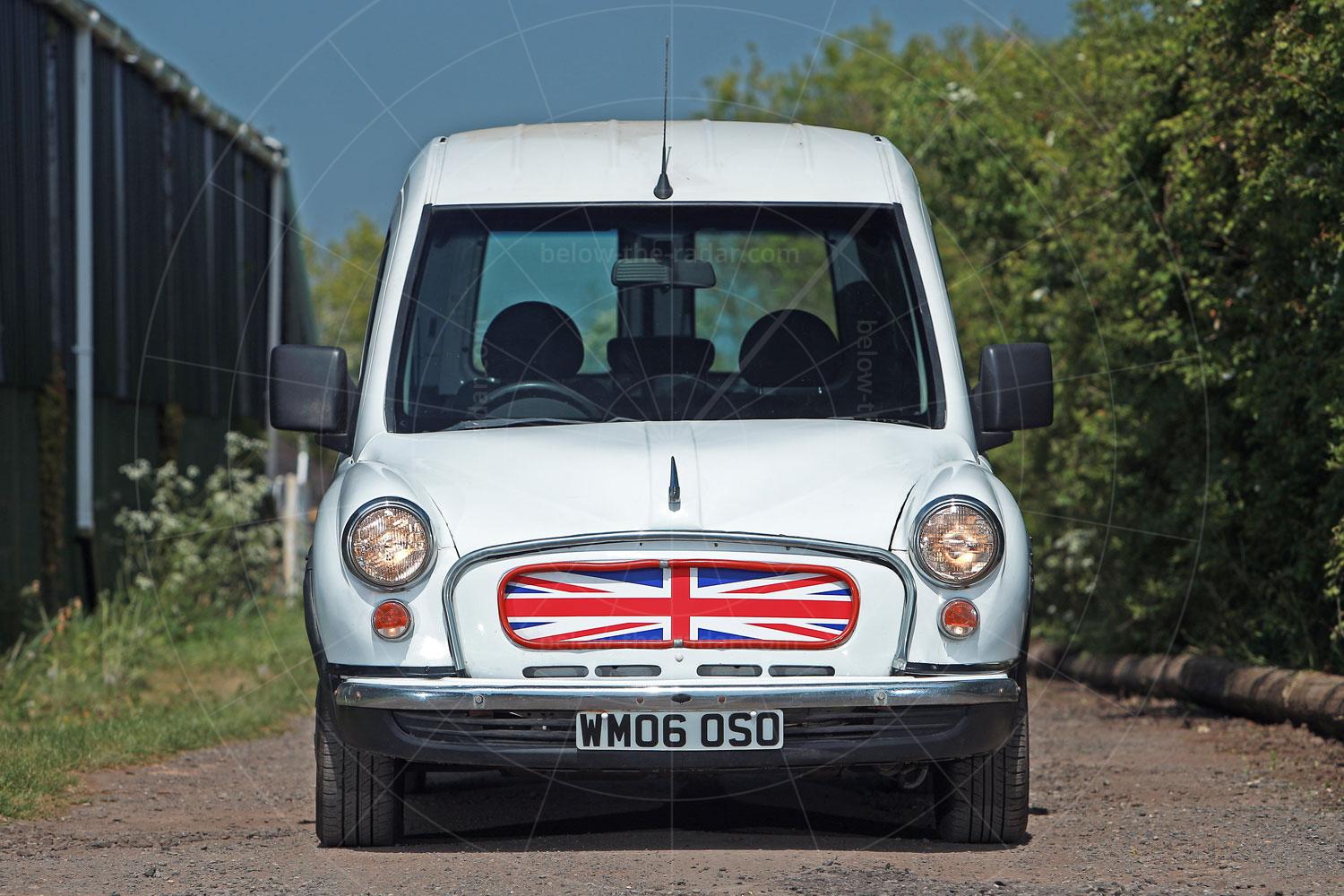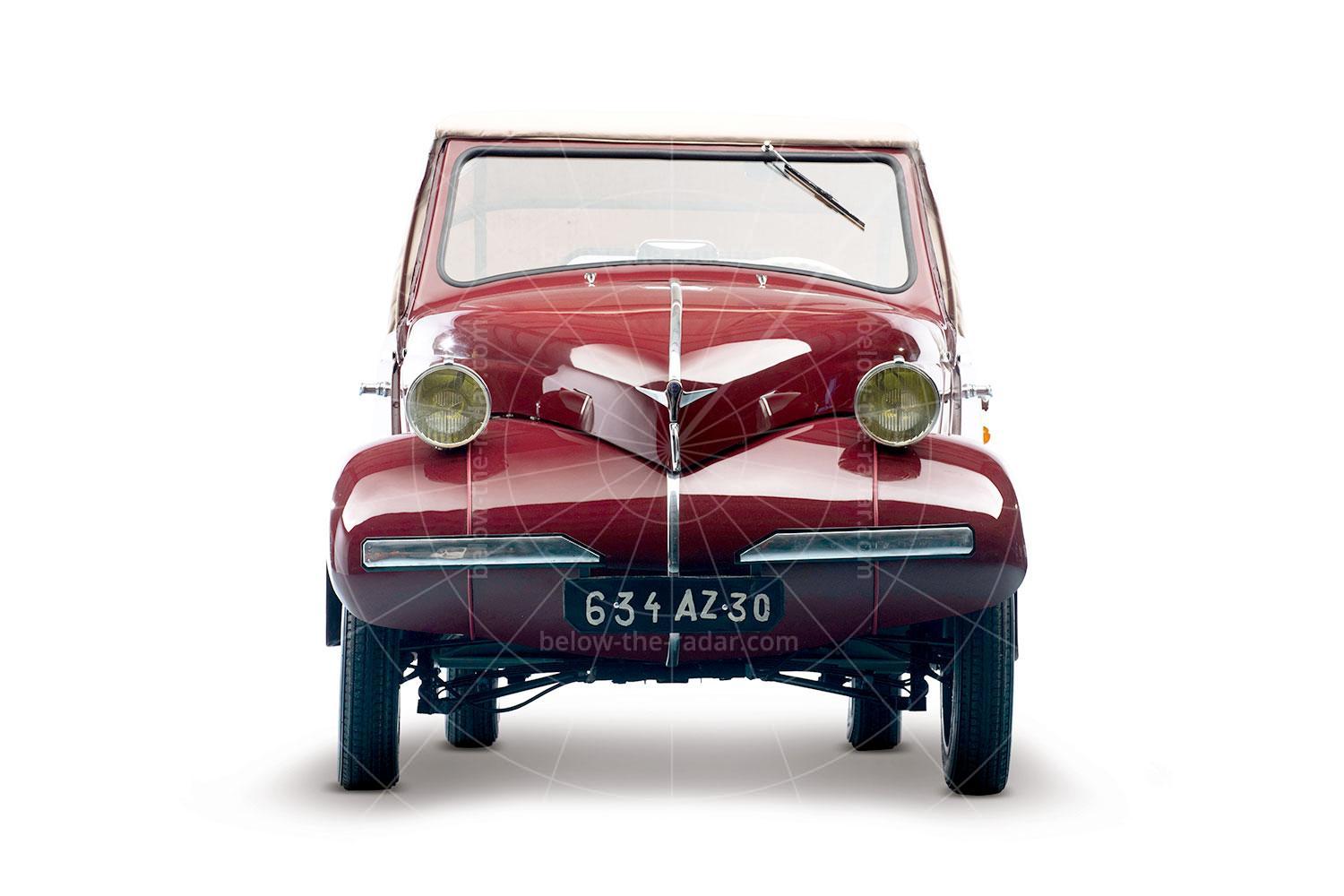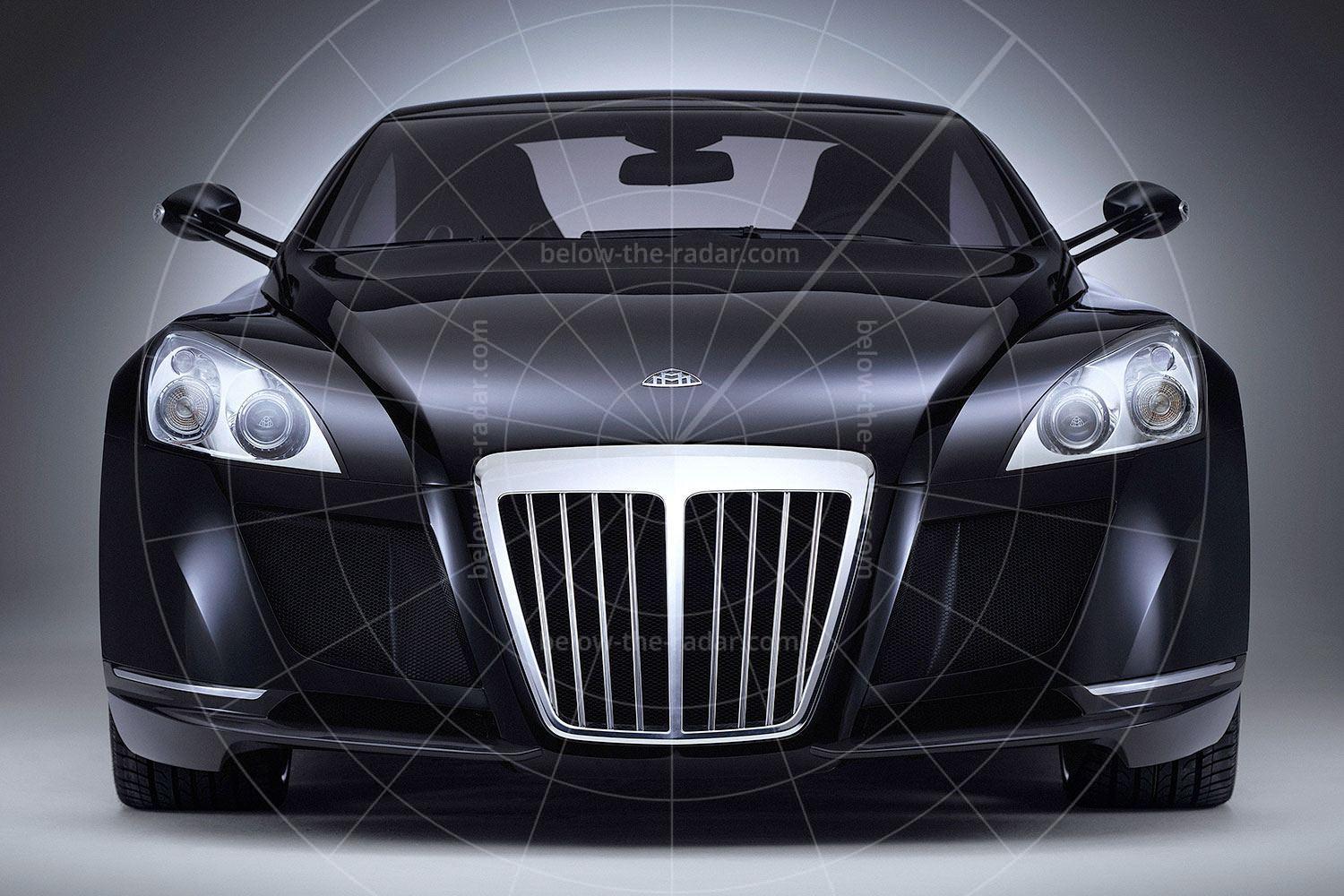Although Volvo didn't officially produce anything other than saloon and estate versions of the 120-series, a handful of convertible editions were produced in period and since the Amazon went out of production, several owners have opened up their cars with varying degrees of success.
It would have made sense for an open-topped Amazon to be offered by Volvo, even if the work was outsourced to a third party. After all, the Amazon was sold as a semi-premium model in many markets and the car’s inherent strength and rigidity would have made the conversion possible, if not straightforward. Volvo also wasn’t averse to the idea of selling a convertible (despite the obvious safety considerations) as it had already introduced the unsuccessful P1900 in 1956.
Perhaps the P1900 bombing in the marketplace was the reason for Volvo's reticence to offer another open-topped car. Either way, that didn't stop Belgian coachbuilder Jacques Coune from chopping the roof off the Amazon. He built five convertibles, the first of which was shown at the 1963 Brussels Salon. One car was a two-seater while the other four were four-seaters. Sadly, three of the five cars have disappeared, but two remain, one of which is still to be found in Belgium where it has been completely restored by its owner.
Based on a two-door saloon, the Coune convertible cost 50% more than the car on which it was based, thanks to a leather retrim, reworked doors and much body strengthening. It took around 100 hours to transform an Amazon into a stylish cabriolet, the interior having to be removed first, so that stronger floorpans could be fitted along with deeper sills. To increase rigidity the front wings were welded on; they’re more usually attached by bolts.
All of this work was relatively straightforward; it was the car’s upper body that required the real development time and skill. Rather than have a ‘pram-hood’ effect, the folding soft-top had to stow away level with the car’s rear deck – which necessitated the fabrication of a suitable frame. There also had to be wind-down rear side windows so the roof didn’t have to go all the way to the trailing edge of the front side windows. It’s in these areas that the home-built drop-tops suffer, as their roofs invariably look hideously amateurish when raised.
Predictably Jacques Coune did a superb job – but at a price. Buyers had to stump up 65,000 Belgian Francs for the conversion – on top of the car’s list price of 135,000 Belgian Francs. For that buyers got a beautifully reworked interior with leather trim, but there was no extra power and the conversion added a hefty 85kg to the car’s kerb weight. With no amendments to the suspension the changes didn’t do the Amazon’s dynamics any favours.
Although Coune planned to build 25 convertible Amazons, after he’d built four of them the orders stopped coming in. Built in 1963, the cars went down a storm with owners and anyone who set eyes on them; the proportions were superb and so too was the quality of workmanship.
For one wealthy US enthusiast though, a regular four-seat Amazon convertible wasn’t exclusive enough – he wanted something unique. To that end he commissioned Coune to build him a two-seater Amazon convertible, which would be based on a regular two-door saloon. As it wasn’t shortened, Coune had to be very careful to get the proportions right as there would be a lot of space behind the two occupants.
To this end Coune incorporated a longer rear deck and because there were no rear seats there also didn’t need to be any wind-down rear side windows. The hood could be noticeably shorter too and that rear deck improved the car’s rigidity significantly. Once again there was an expensive retrim in the finest hides while the bodywork was finished in a champagne metallic finish. The car looked superb, but sadly it hasn’t been seen for several decades now – it’s completely disappeared from view. Hopefully one day it’ll resurface once again; after all, who would be crazy enough to scrap such a unique car?

